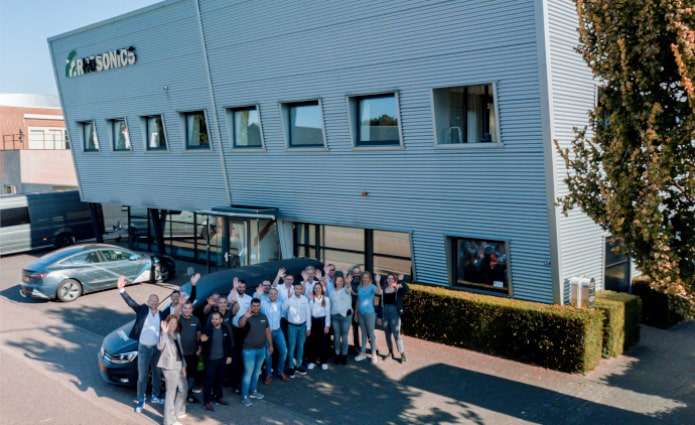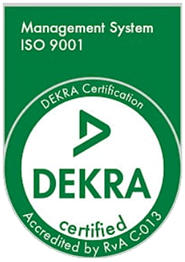Troubleshooting
Troubleshooting is an important part of technical support and refers to determining the source of a problem and resolving it so that the product or process can be used again. Troubleshooting, which consists of five steps, is critical for identifying the symptoms that cause disruption. The first step is to identify the problem, such as, Did the machine fail? Is the product no longer performing as it should? Is it the result of a user error or a random inconsistency? What happened to alert customers to the issue?
Once the problem has been identified, it is necessary to compile all relevant information surrounding the product in order to gain a deeper understanding of the maintenance history, problem reports, and other relevant information that may have been performed on the product(s). Following the collection of data, the root cause of the problem is determined with the assistance of maintenance troubleshooters. Delegation with the personnel who reported the fault is required to determine whether the root cause occurred previously. Finally, an action plan solution is developed through trial and error using the process of elimination. The theory is then put to the test to see if the problem has been overwritten. The final step in implementation occurs after the problem or error has been correctly identified, a solution has been developed, and the solution has been implemented.



